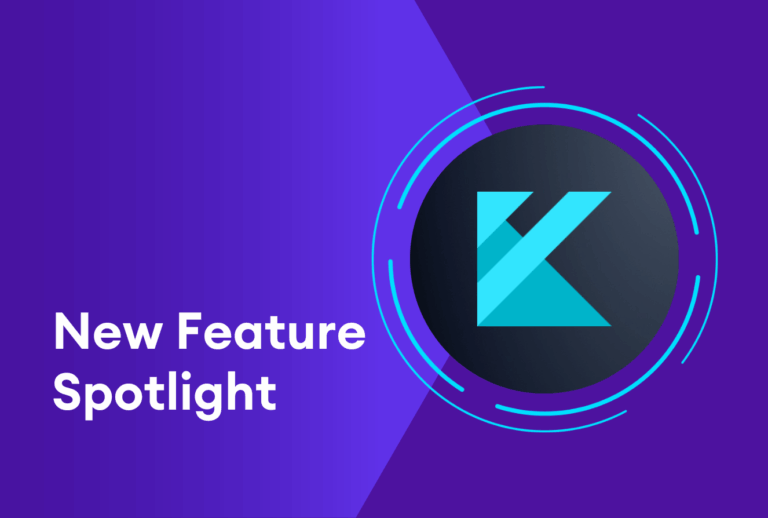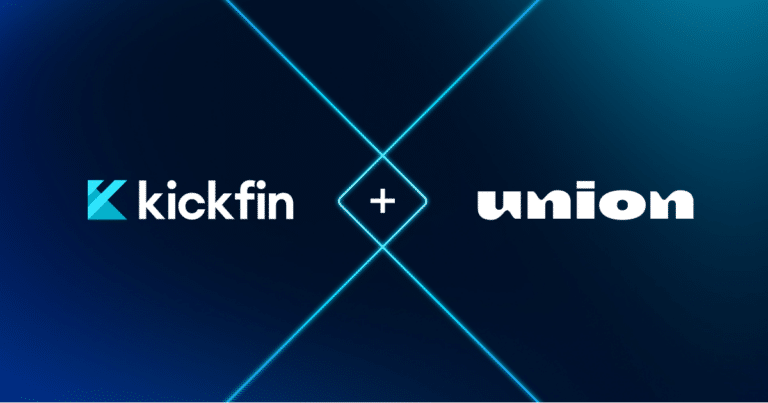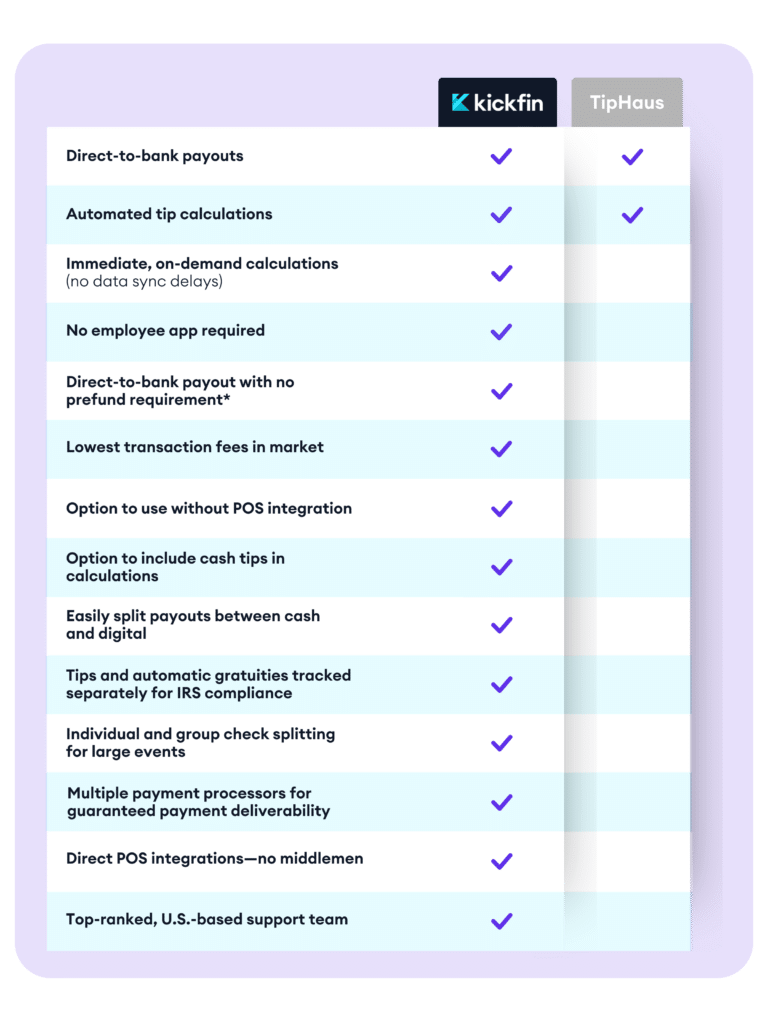Restaurant training is a method for restaurant owners and managers to equip staff with the knowledge and skills they need to do their jobs. This training covers key areas such as customer service, food preparation, and safety procedures. Effective training is crucial as it enhances service quality, improves staff morale, and leads to a profitable and well-run restaurant.
What Is Restaurant Training?
Restaurant training is the process of teaching new and existing employees the things they need to perform their job duties effectively. This includes everything from learning how to use the equipment and tools in the kitchen to understanding menu items, serving customers, preventing foodborne illness, and reacting appropriately in emergencies.
Restaurant training isn’t limited to new employees. It’s also crucial for existing staff to receive ongoing training to keep up with changes, trends, and standards. Providing high-quality training is an investment in your employees and your business, as properly trained staff can boost the efficiency and productivity of your restaurant, improving customer satisfaction and profits.
Why Restaurant Training Is Important
Restaurant training helps restaurant owners and managers build a competent staff and create a good dining experience for patrons. Restaurant training is important because it can:
- Build skilled and motivated teams. Effective restaurant training ensures staff members have the skills and information necessary to perform their duties efficiently.
- Maintain consistency. Through proper training, your staff members can learn the correct procedures, techniques, and standards to maintain consistency in service and food. This ensures a consistent experience for customers every time they visit your restaurant.
- Improve customer satisfaction. Well-trained employees are better equipped to handle customer inquiries and complaints effectively. This improves customer satisfaction, leading to increased sales and positive reviews.
- Reduce employee turnover. Investing in your employees through training can also help boost morale and reduce employee turnover. When staff members feel valued and equipped with the necessary skills, they are more likely to stay with your restaurant.
- Create growth opportunities. Good training also provides employees with opportunities for professional growth and development. Continual learning leads to increased knowledge, skills, and expertise, opening up new career opportunities within the restaurant industry.
- Ensure compliance with regulations. The restaurant industry is highly regulated, with specific rules and regulations that you and your employees must follow. Through proper training, your staff can learn the guidelines and procedures to ensure compliance with health and safety regulations, food handling standards, and other requirements.
Types of Restaurant Training
You can implement several types of restaurant training to ensure your team is efficient, confident, and ready to provide the best possible service. These are the main types of restaurant training and why each is important.
Basic Training
Basic training in a restaurant primarily involves orientation and familiarization with the employee handbook. This includes introducing new hires to the restaurant’s culture, values, and expectations. You can also use orientation to clarify job descriptions, roles, and responsibilities.
Basic training also covers a thorough understanding of the employee handbook, which outlines the restaurant’s policies, procedures, and standards, along with information about employee benefits, code of conduct, and guidelines for addressing grievances. The handbook serves as a reference tool that employees can consult whenever necessary.
Front-of-house Training
Front-of-house training refers to the education and instruction given to employees who directly interact with customers – including bartenders, servers, hosts, and bussers. This training is vital as these individuals are the face of the restaurant, and their performance directly impacts customers’ dining experience.
The training typically includes modules on customer service skills, menu knowledge, and restaurant operations. It teaches employees how to interact with customers professionally, handle complaints, and deliver an exceptional dining experience. It helps staff anticipate customer’s needs and exceed their expectations.
Back-of-house Training
Back-of-house training is for staff members who work behind the scenes, including chefs, line cooks, dishwashers, and prep workers. This type of training focuses on culinary skills, food prep techniques, plating presentation, inventory management, equipment usage, and safety protocols.
Such training can ensure consistency in food taste and presentation, leading to a more satisfying customer experience. Employees are also trained on proper food storage, temperature control, cross-contamination prevention, and cleaning and sanitizing procedures. This helps prevent foodborne illnesses, ensures the health and safety of customers, and maintains the restaurant’s reputation.
Technology Training
Technology training is an increasingly critical component of employee training in modern restaurants. It involves equipping staff with the knowledge and skills to operate and maximize the use of various tools, including point-of-sale (POS) systems, reservation systems, kitchen display systems, and digital menu boards. It may also cover mobile and online ordering platforms and social media platforms for marketing and customer engagement purposes.
You should train employees not only on how to use these systems but also on troubleshooting common issues and understanding how these tools contribute to the overall operation and success of the restaurant.
However, technology training is not a one-time event. As restaurant technology evolves rapidly, you must regularly update training programs for new features or systems.
Cross-training
Cross-training in a restaurant is the process of training employees to perform multiple roles within the business beyond their primary job responsibilities. For example, this might involve a server learning how to operate the bar, a line cook understanding the nuances of customer interaction, or a host gaining a general understanding of the processes and pressures of the kitchen.
Cross-training is immensely helpful in creating a versatile workforce that can adapt to various situations and lend a hand when necessary. Furthermore, cross-training fosters a sense of teamwork and empathy among staff. When employees have a first-hand understanding of the challenges their colleagues face, they are more likely to collaborate effectively and support each other.
Restaurant Training Methods
The methods employed for restaurant staff training can significantly influence the effectiveness of the training program. Whether traditional face-to-face training, interactive online modules, or on-the-job training, the goal remains: to equip your staff with the necessary knowledge and skills to provide exceptional service and ensure smooth operations.
One-on-one Training
One-on-one training is a personalized approach to personnel development where a more experienced staff member – often an owner or manager – provides direct instruction to a less experienced employee. This training method allows for immediate feedback and ensures the trainee comprehends all aspects of their role. It can be used to cover everything from specific job skills to restaurant policies, customer service standards, and understanding the restaurant’s culture and values.
One-on-one training is particularly beneficial when new employees first join a restaurant staff and need to understand their roles and responsibilities comprehensively. It is also a good fit when an employee transitions to a new position, needs to improve specific skills, or when the restaurant introduces new equipment, software, or procedures. The targeted instruction and individual attention can help the individual understand and adapt to their new responsibilities or changes more effectively.
Group Training
Group training involves providing instruction to multiple employees simultaneously, often in a group setting or through seminars or workshops. This method can facilitate the sharing of ideas and experiences among participants, promote teamwork, and create a sense of camaraderie.
Group training can be effective when you need to train many employees at once, such as during restaurant-wide policy changes, menu updates, or new system implementations. It also proves advantageous when reinforcing general knowledge or skills that apply to all staff, such as customer service principles or food safety norms. Additionally, group training can be a good fit when promoting team-building and enhancing internal communication.
Online Training
Online training is the use of digital resources to deliver training programs to employees in the restaurant industry. This method leverages digital platforms such as training software, videos, webinars, and virtual reality simulations to instruct employees on various aspects of restaurant operations.
Online training may be a good fit in several scenarios within the restaurant industry. For instance, it’s particularly effective when training on theoretical concepts or standard procedures that do not require hands-on practice, like understanding company policies or learning how to use a new software system. It can also benefit ongoing learning, allowing continuous access to resources for self-paced learning.
Which Method of Training Do Most Restaurants Use?
There is no one-size-fits-all approach when it comes to restaurant training. Every restaurant has unique needs and preferences, depending on factors such as the size of the staff, type of cuisine, and company culture. However, most restaurants tend to use a combination of one-on-one, group, and online training.
For example, one-on-one training is essential during the initial hiring process and when introducing new employees to the restaurant’s culture, values, and specific job skills. Group training is typically used for delivering standard information across all employees, promoting teamwork, and enhancing internal communication. Online training can be a convenient and flexible option for ongoing learning and development, especially in today’s digital age.
Ultimately, any restaurant’s most effective training program depends on its specific needs and goals. A well-rounded training program that incorporates a mix of one-on-one, group, and online methods can ensure that all employees receive comprehensive instruction and have the skills they need to excel in their roles.
How Much Does Restaurant Training Cost?
The cost of restaurant training can vary widely, depending on the type of training and the size of staff, the complexity of operations, and other specific business needs. Many restaurants may handle all training in-house, using their resources and staff members as trainers. In this case, training is often more expensive, requiring only the time of existing employees.
However, some restaurants may opt for external training programs that provide instruction to the restaurant industry. These programs may offer a broader range of topics and more comprehensive training plans, but they can also come at a higher cost.
For businesses that choose to leverage outside programs, the costs of training can vary significantly based on the types of training provided, the systems being covered, the complexity of the restaurant’s systems, and the number of employees being trained. Some providers offer packaged courses for a set fee, while others may charge per user or course.
The Importance of Ongoing Training
Comprehensive restaurant training ensures that employees are up-to-date with the latest information and equipped with the necessary skills to perform their duties effectively. This training can also improve employee morale and retention and enhance job performance, ultimately benefiting the restaurant’s overall success.
Effective training is a vital component of any successful restaurant. Whether through one-on-one sessions, group training, or online courses, investing in the development of employees can lead to improved job performance and contribute to the overall growth and success of the establishment.






